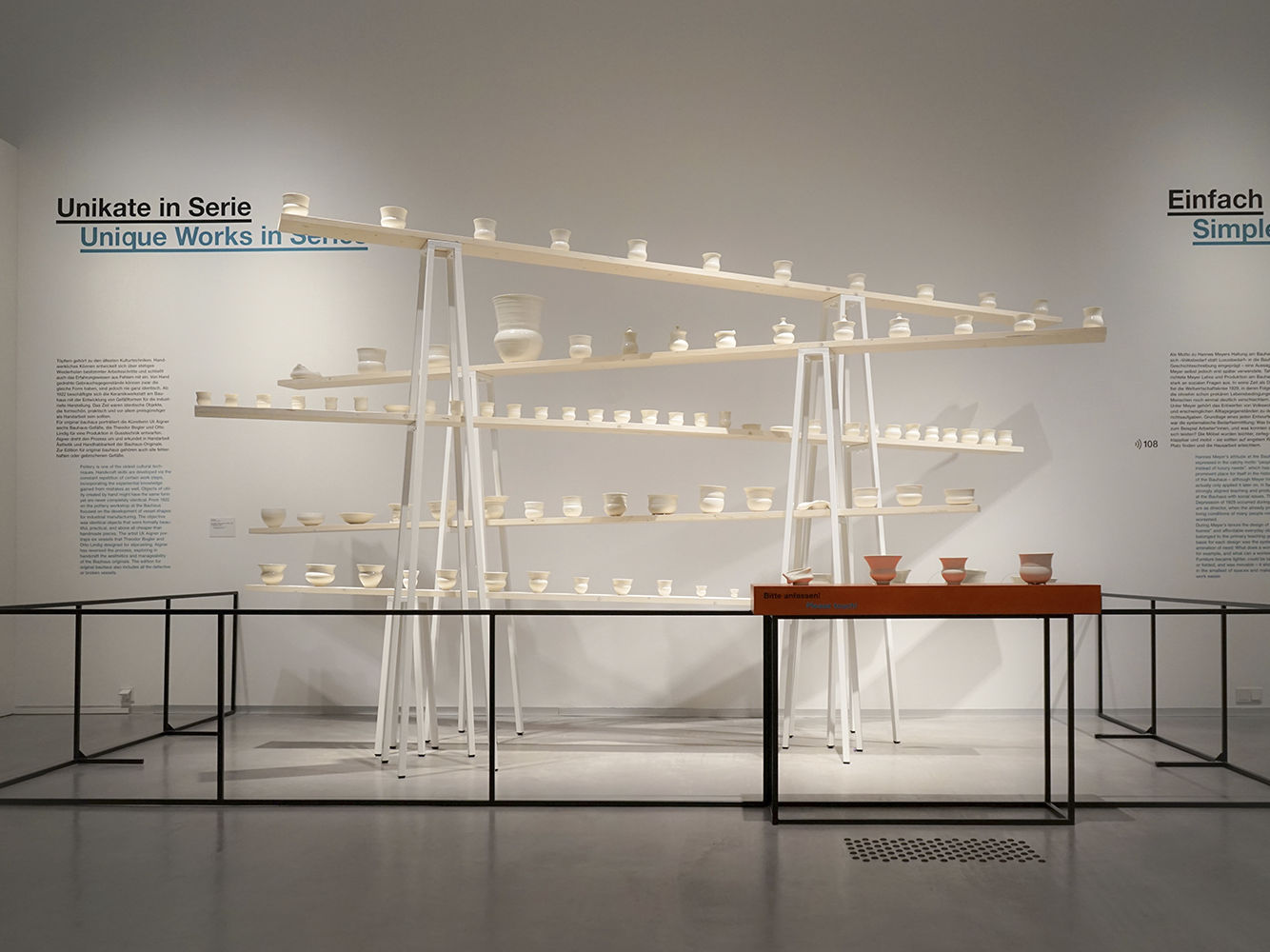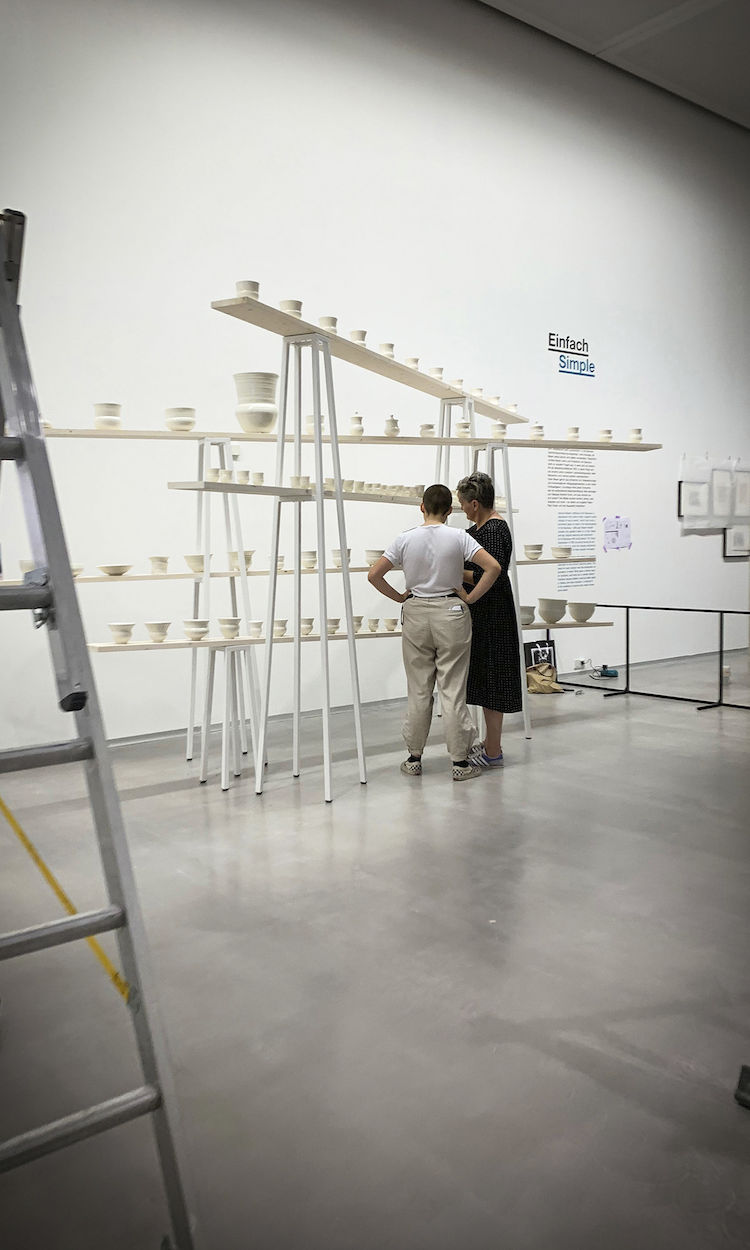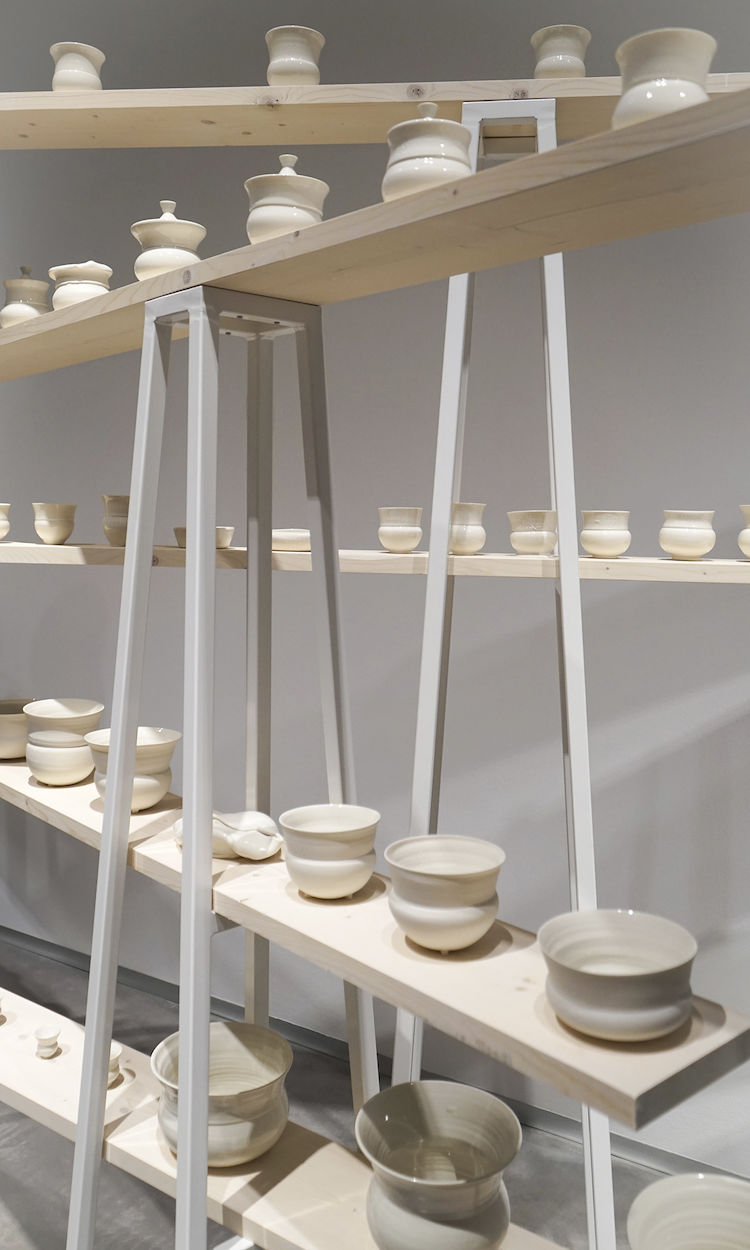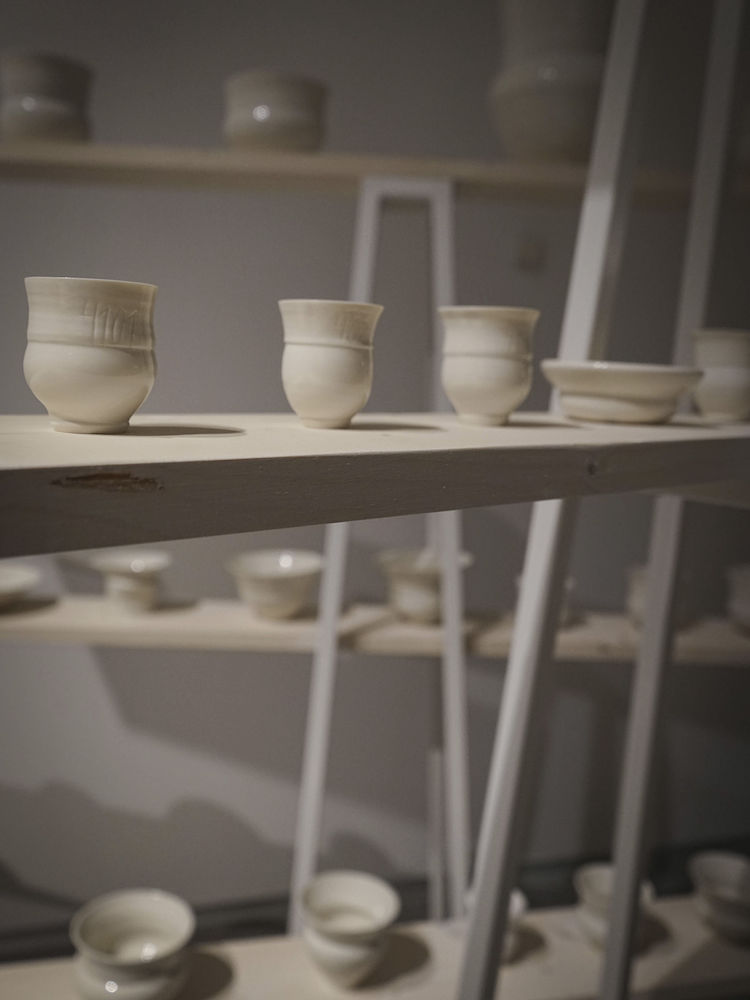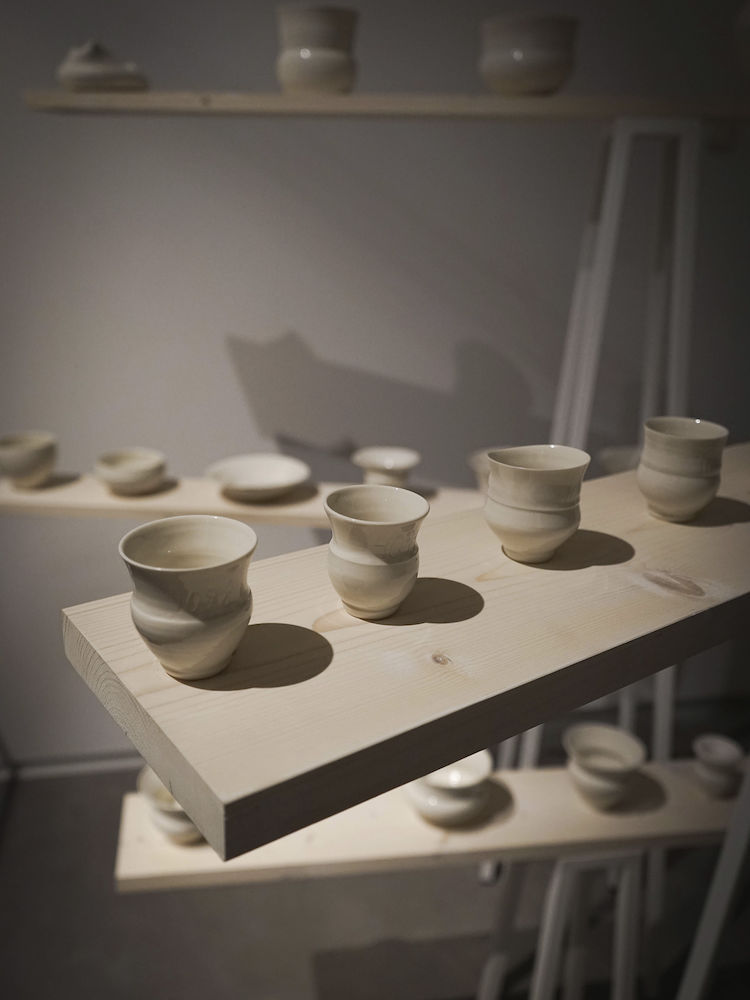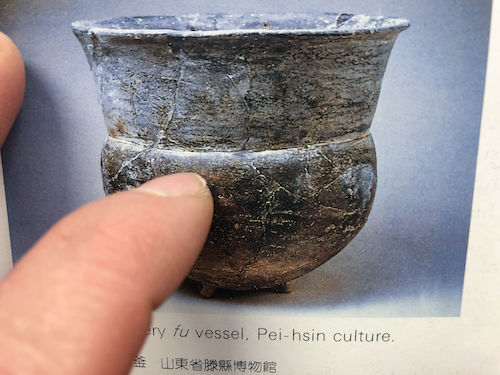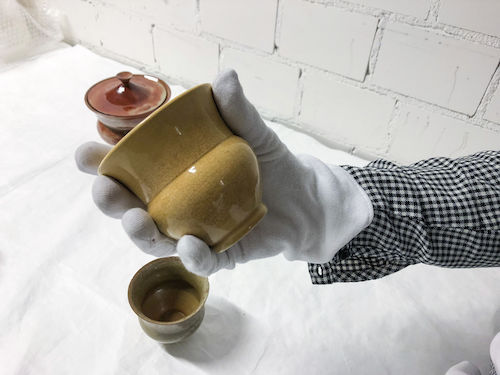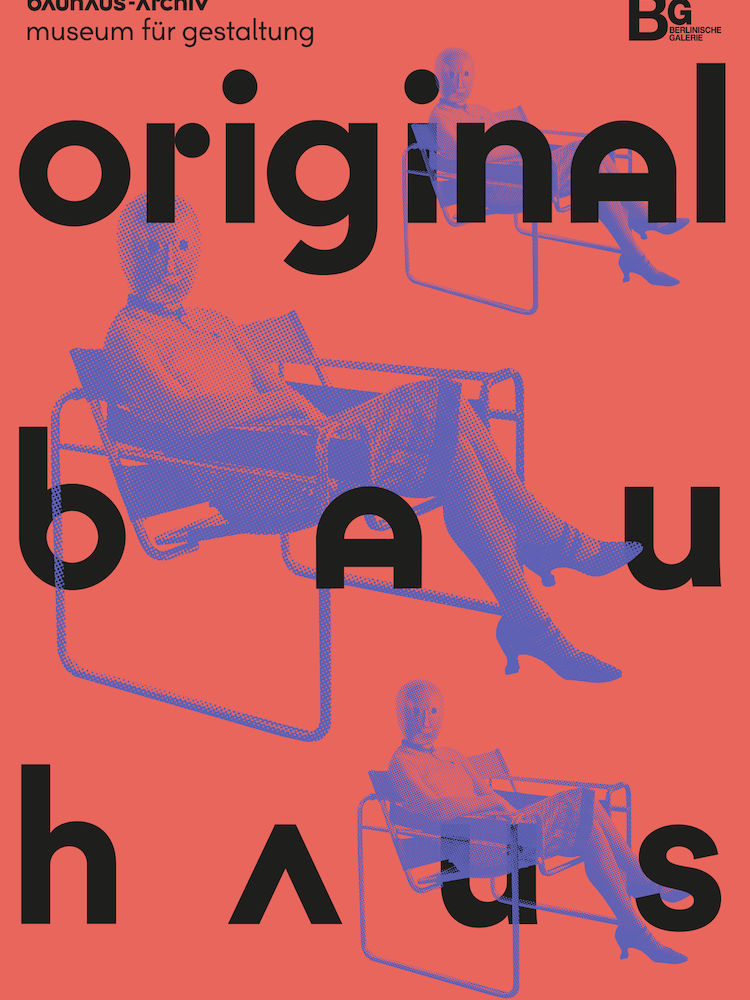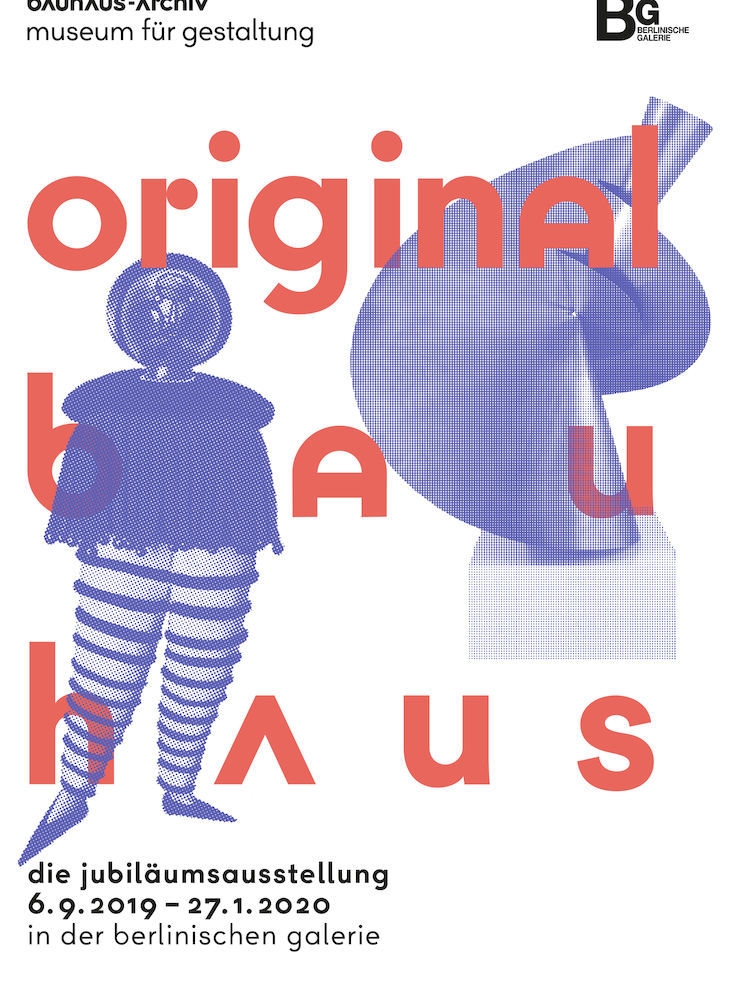![]()
BERLINISCHE GALERIE - MUSEUM OF MODERN ART
ORIGINAL BAUHAUS - THE CENTENARY EXHIBITION
ONE MILLION TIMELINE - INSTALLATION
Opening: September 5, 2019 / 7pm
Exhibition: September 6, 2019 - January 27, 2020
Location: Berlinische Galerie, Alte Jakobstrasse 124-128, 10969 Berlin
www.berlinischegalerie.de
www.bauhaus.de
Speakers at the opening:
Dr. Annemarie Jaeggi
Director of the Bauhaus-Archiv / Museum für Gestaltung
Dr. Thomas Köhler
Director of the Berlinische Galerie
Dr. Klaus Lederer
Senator for Culture and Europe
Hortensia Völckers
Artistic Director of the German Federal Cultural Foundation
Dr. Nina Wiedemeyer
Curator of the exhibition, Bauhaus-Archiv / Museum für Gestaltung
Uli Aigner: „In my ONE MILLION installation TIMELINE in the context of original bauhaus, I make reference to six dishes produced in the Bauhaus’s ceramics workshop after designs by Otto Lindig and Theodor Bogler. I’ve created portraits of these dishes. I’m examining their bodies and their forms. These original bauhaus dishes all belong to the same typology: spherical belly and broad lip. They are stoneware, either thrown on the wheel or also cast in moulds. At first glance they seem the same or at least to look similar. However, their corporeal quality differs on account of the varying thickness of the clay, the character of their rims, their weight and their surface decoration. When I trace this form back to its origins, I find it in the ceramic vessel of China’s Neolithic cultures. I then bring this form into the period of the Bauhaus and, from there, to the present and give it a new future in the installation.“
Excerpt from the catalogue Essay FORM IS INFORMATION, a conversation with Uli Aigner and Pauline Doutreluingne
The Bauhaus existed for only 14 years in Germany, but for 100 years its ideas have now been passed on and its products relaunched, imitated and further developed. Marking the centenary of the Bauhaus’s founding, the Bauhaus-Archiv / Museum für Gestaltung’s exhibition at the Ber-linische Galerie is presenting famous, familiar and forgotten Bauhaus originals and recounting the history behind the objects. Around 1,000 exhibits will be on display: art and design from the Bau-haus-Archiv’s collection, exceptional loans from international collections and artistic positions which take a new look at the Bauhaus legacy.
On the basis of 14 key objects, the exhibition will develop 14 case histories: How did the woman sitting on the tubular-steel chair become the most famous anonymous figure from the Bauhaus? Does the Haus am Horn in Weimar have a secret twin? Why have Marianne Brandt’s tea infusers which were created as prototypes for industrial production always remained one-of-a-kind pieces?
“original bauhaus” sheds light on how unique work and series, remake and original are inseparably linked in the history of the Bauhaus. This is because Bauhaus artists did not see art and technology as opposed to each other. Instead, they used technical innovations to create exceptional works of art, and they took serial production into account from the moment they began drafting their de-signs. Today there have been almost 100 years of responses to the Bauhaus, as compared to 14 years of Bauhaus production. Reproductions, re-editions and remakes have made the Bauhaus the 20th century’s most influential school of architecture, design and art.

